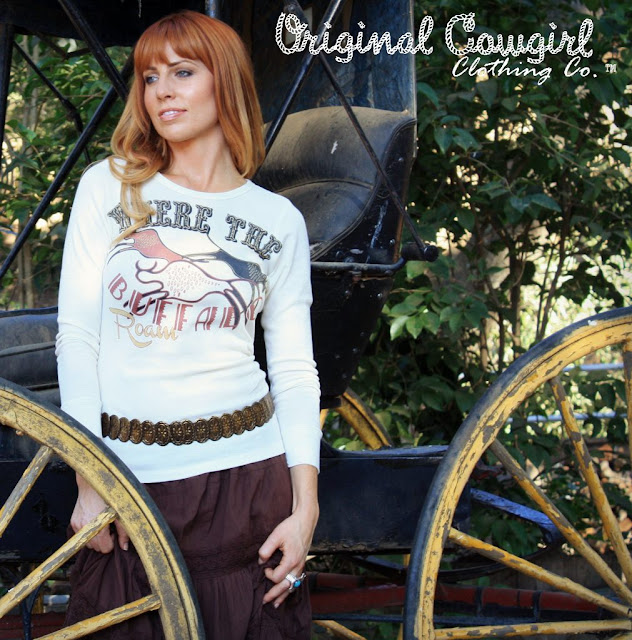The North American Indian Photography of Edward Curtis - Edward S.
Curtis, a professional photographer in Seattle, devoted his life to
documenting what was perceived to be a vanishing race. His monumental
publication The North American Indian presented to the public an
extensive ethnographical study of numerous tribes, and his photographs
remain memorable icons of the American Indian. T
New Arrival: Cowgirl Fringe Purse
New Cowgirl Fringe Purse
Available in five colors!
available at www.RBRWholesale.com
See website for pricing.
Retailer Spotlight: James Cox Saddlery
James Cox Saddlery
1421 Boyle Road
Hamilton, Ohio 45013
Family Owned And Operated Since 1963
 (513) 867-8699
(513) 867-8699
coxsaddlery@gmail.com
Monday, Tuesday, Wednesday, Friday
8:30-5:00
Thursday: 8:30-7:00
Saturday: 8:30-4:00
Thursday: 8:30-7:00
Saturday: 8:30-4:00
Sunday: Closed
How to Calculate Retail Markup
How to Calculate Retail Markup
When selling merchandise in your retail operation, you want to make sure that you set a price for your products that covers your costs and expenses as well as delivers a healthy profit. Using a simple retail calculation will help you determine just how much to mark up merchandise.
Definition of Retail Markup
The definition of a retail markup, also known as a mark-on, is a certain percentage that is added to the original cost of a product – what you paid to get that product from the manufacturer or wholesale – to arrive at the price that a retailer will then sell that item to consumers. This difference is what will cover your overhead costs as well as hopefully provide you with the profitability you want to achieve.
One Method for Calculating Markup
One method is simply to consider what you think a fair price would be. This is the subjective portion of the calculation and helps you arrive at a general idea of what you would like the retail price to be on a particular product. Once you have that estimate, you will need to start doing some real calculations, starting with all your costs. These costs might include labor, marketing and advertising, packaging and materials, and rent. Divide the total amount of your expenses into the total number of pieces of a particular product that you're marking up, add that to your wholesale cost per item and you get your break-even price. Anything above that is profit.
Another Way to Calculate Markup
If you plan to calculate markup based on a target profit percentage, multiply your break-even price times that percentage plus 100% to get your target item price. Subtract the break-even price to give you the mark-up dollar amount. In the case of an item whose break-even point is $10 with a target profit of 25%, multiply $10 x 1.25, which gives you a target price of $12.50, and a dollar markup amount of two dollars and fifty cents. One ballpark markup method retailers sometimes use is to simply double their costs of goods and set the initial sale price there, then calculate expenses and final profit on the back end.
Keep Projections Accurate
An important thing to remember, however, is to create as accurate a set of projections as possible in order to hit the target on your markup. You don't want to be constantly changing prices as this will confuse and frustrate your customers. Working this way, if you buy a product wholesale for $5 and sell it for $10, your gross markup percentage is 100 percent and gross markup dollar amount is $5. You would then need to figure your total expenses and divide by the number of products you're selling to see how much of markup will go to covering your costs and how much you have left to claim as profit.
Run Figures Multiple Times to Calculate Markup
You may need to run the figures a number of times on each product to get to a markup and price you are comfortable with. Each retail operation will have a markup percentage, and method of calculation that works best for them. Many consumers may already know that furniture stores and restaurants often have a much higher markup than, say, a grocer or a clothing store. You can research your industry and the competition to get a sense of what is common practice on a percentage scale, which may also help you pick your price point.
Subscribe to:
Comments (Atom)



























